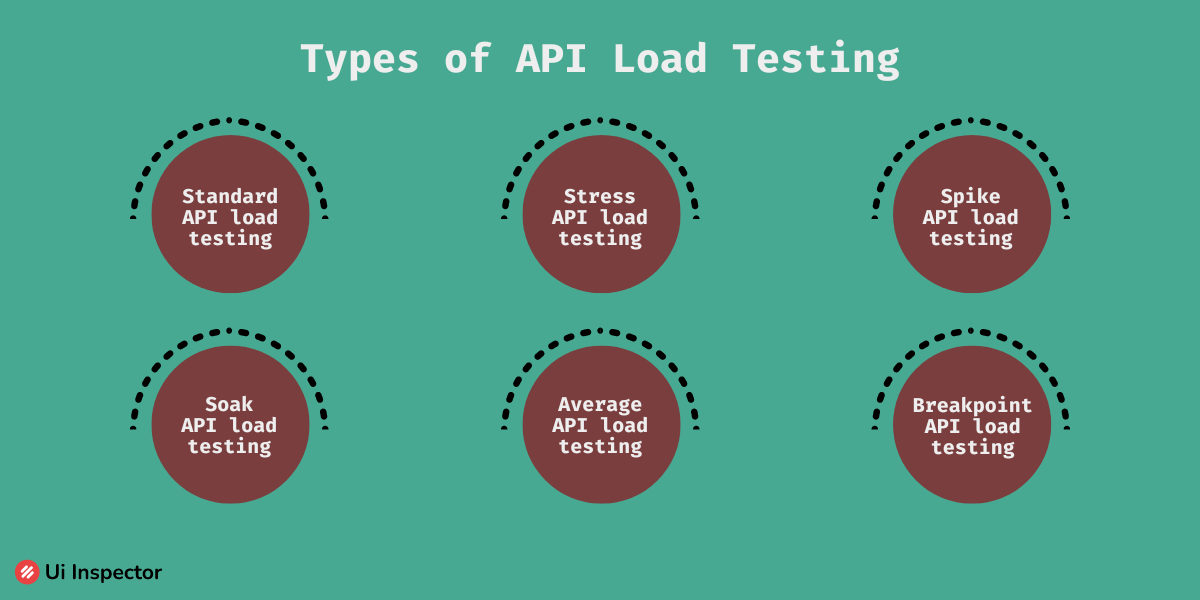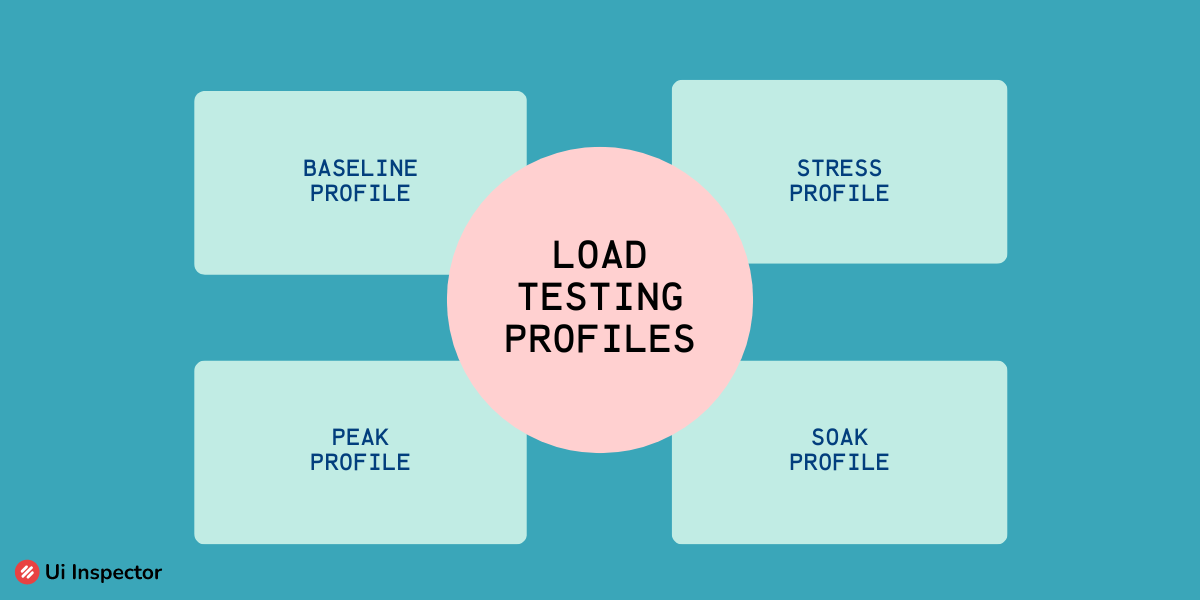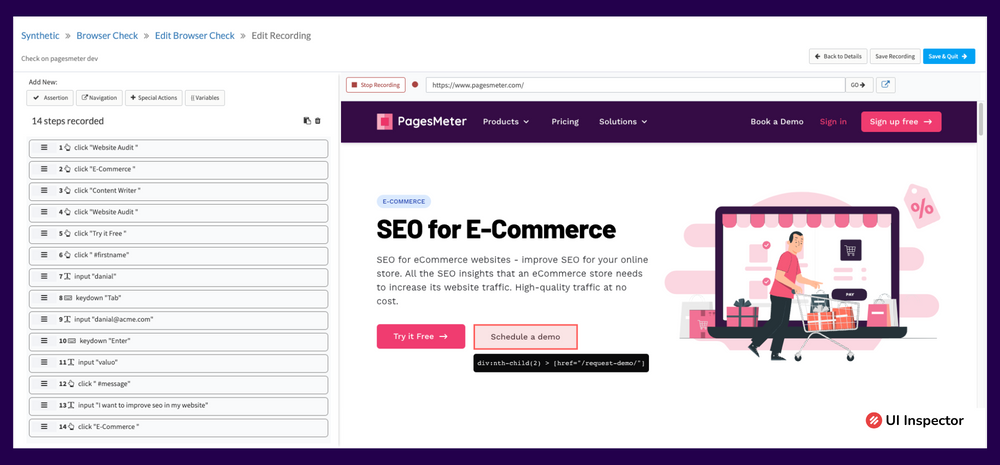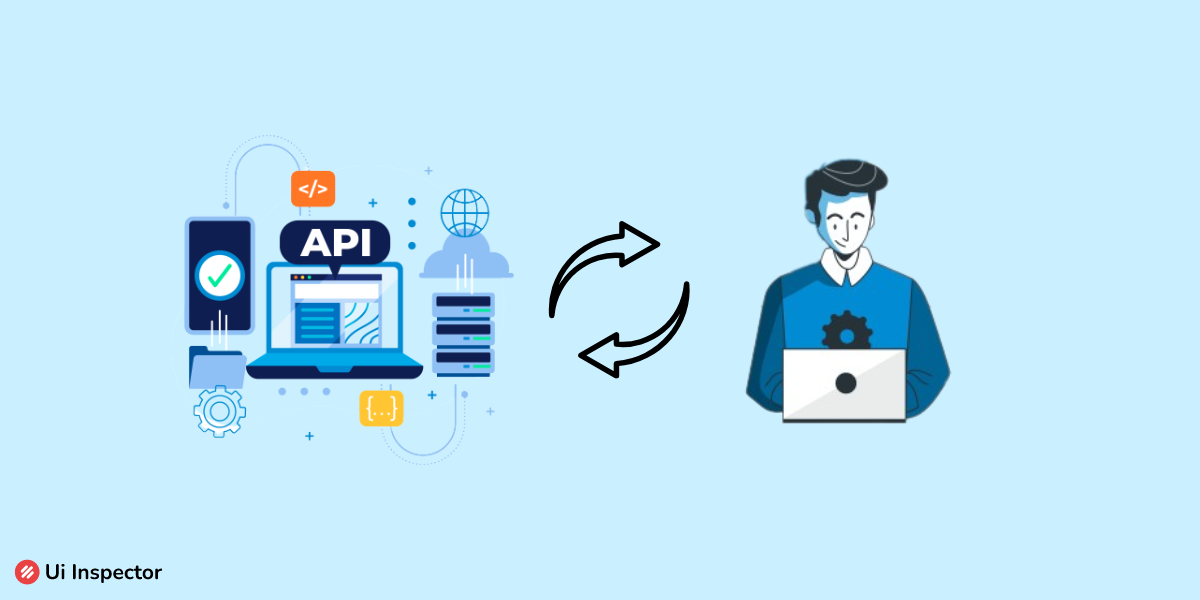Software functions and operates through millions of codes, definitions, structures, commands, and much more. How each software communicates depends on how the developers write the website's source code.
There are many instances where the software or product you created should communicate with other software. This communication between software and services can be done through APIs.
Application Programming Interface (API) consists of a set of definitions and commands that helps integrate the interfaces of different software and services. API serves as an interface that needs to function accurately.
In order to maintain the proper functioning of the APIs, API load testing is being implemented by the software developers. This blog will look into all details of the API load testing process.
Table of Contents
- What is API Load Testing?
- Types of API Load Testing
- Standard API Load Testing
- Stress API Testing
- Spike API Testing
- Soak API Testing
- Average API Load Test
- Breakpoint API Testing
- Load Testing Strategies
- Load Testing Profiles
- Benefits of API Load Testing
What is API Load Testing?
APIs used by the software team need to function effectively and should also handle high load values. API load testing is used to test how well the API can handle the request and perform under a high request period.
API load testing falls under backend performance testing, which helps analyze API performance efficiency under various load scenarios. The performance can be calculated based on the collective data obtained from different tests.
One of the major functions of API is that it should respond quickly to requests and queries. Based on how fast the requests are answered, the capability of APIs is being tested. API load testing also focuses on this sector.
API load testing assists in monitoring metrics such as,
- Throughput
- Latency
- Response time
Types of API Load Testing
Based on what parameter of API is being tested, the load testing process is classified into different types,

i) Standard API Load Testing
This test is used to monitor the API's performance during the time it receives the requests. The request rate at the interface is equal to the expected software production rate. This is dependent on the number of users who visit the software.
ii) Stress API Testing
At times, the software may experience high demands with many requests. The capability of APIs to function during such markets is being tested with the help of stress API testing. The functionality of API at peak traffic.
iii) Spike API Testing
Spike testing is a comparative study between moderate and high user requests. This helps in analyzing the performance efficiency when there is a sudden increase in the number of requests and helps to find whether the API can handle it.
iv) Soak API Testing
Here the testing is carried out under high demand rates for a long period of time. This is usually done to identify bugs that are not easily found when the tests are performed for a short period of time.
v) Average API Load Test
The software contains a usual and expected range of traffic. This average test helps in identifying the overall performance during the usual traffic.
vi) Breakpoint API Testing
In this testing process, the load applied to the API is being raised steadily to find the breakpoints of the system. This is done because there are chances for the API to fail during high traffic, so it can be avoided with the help of breakpoints.
Load Testing Strategies
Before conducting any software testing, a proper and defined process should be constructed first. A strategic plan should be laid down for the QA team to easily execute the steps and complete the test process.
There is a specified way of developing the strategic plan for the API load testing process and that is called the load testing strategies. Any load testing strategy functions on three basic steps,
- Identifying the load requirements
- Understanding the scenario of the software or services
- Finding the use cases
These three requirements may significantly change based on the number of users, holiday seasons, demand of the day, applications of the software, geography, and much more. After these requirements are found, traffic patterns can be obtained from the load-testing tool, which can be used to create load-testing profiles.
Load Testing Profiles
Load testing profiles provide you with the final result of the API load testing process. You can create different profiles based on the requirements from the traffic pattern obtained from the test. Four types of profiles can be built from the traffic pattern.

1. Baseline profile
The functionality and performance level can be analyzed by building a baseline profile. Both the parameters are analyzed based on how a single user interacts with the APIs and focuses on very minute changes.
2. Peak profile
At certain times there are possibilities for the software to experience an increase in the number of users. This increase will not occur suddenly but will have a gradual buildup and the numbers will rise gradually.
Constructing a peak profile will provide insights into how the software has grown over the years and the API's status during its highest demand.
3. Stress profile
To analyze how much traffic the API can withstand in one second can be analyzed using the stress profile. The profile focuses on the maximum demand it can handle without any failure or destruction.
4. Soak profile
When you get a high demand for traffic, it will not reduce within a second. The number of users or the amount of traffic remains for a particular duration of time. The soak profile builds an analysis report during this time and helps us understand API performance.
Benefits of API Load Testing
API load testing has various benefits for the development and QA teams and plays an important role in the software development lifecycle.
- Performance issues with API are prevalent; during each error, the cost of rectification is also high. Implementing API load testing will reduce the chances of errors and so the cost can be reduced.
- Earlier and faster detection of issues can be done with the help of API load testing and so faster resolution can be provided.
- The presence of bugs in the API system can be found immediately and it can be stopped from further problems in the interface.
- Usually, when an API contains bugs, it stops functioning and the system is down. But by implementing load testing strategies the downtime can be reduced and the system can be restored faster.
- Based on the results from load testing profiles, the API system can be optimized by implementing necessary changes in the code structure.
- By faster resolution of bugs and enhanced optimization of the system, the user experience is also increased significantly. Customer retention is also maintained.
- The performance and functionality of the APIs are greatly improved.
Conclusion
Testing methods and processes are carried out to bring the best out of any software. Without the testing procedures, it is impossible to maintain the integrity of the software and ensure the proper functionality.
On that list, API load testing also holds equal importance for the SDLC. The interface between software and services should also be maintained properly to ensure proper communication over the interface.
API testing is being used to ensure this integrity between software and services. The maximum output can be obtained by creating the best testing outline and changes are made accordingly.
Enhancing Customer Satisfaction with Reliable APIs
Ui Inspector provides a comprehensive and efficient solution for API testing. You can streamline your API testing process, deliver high-quality software, and enhance the end-user experience.
From comprehensive endpoint validation to robust security and reliability testing, our API testing platform empowers you to build and deliver APIs that exceed user expectations.

Ui Inspector provides a user-friendly interface that simplifies creating, managing, and executing API tests. It supports various API protocols, such as REST, SOAP, and GraphQL, allowing you to test various APIs regardless of their underlying technology.
You can easily set up automated tests that validate API responses, perform data-driven testing by simulating different input parameters, and verify the behavior of your APIs across different scenarios.
Sign up now for UI Inspector's 14-day free trial offer and experience the power of its features to discover limitless possibilities!


